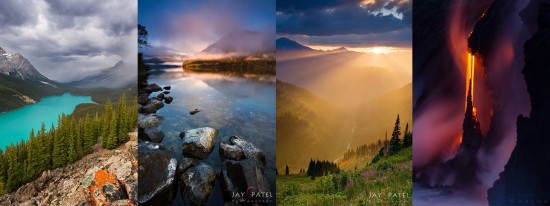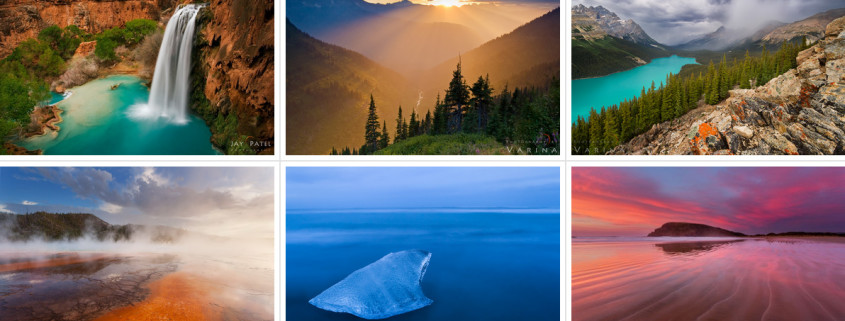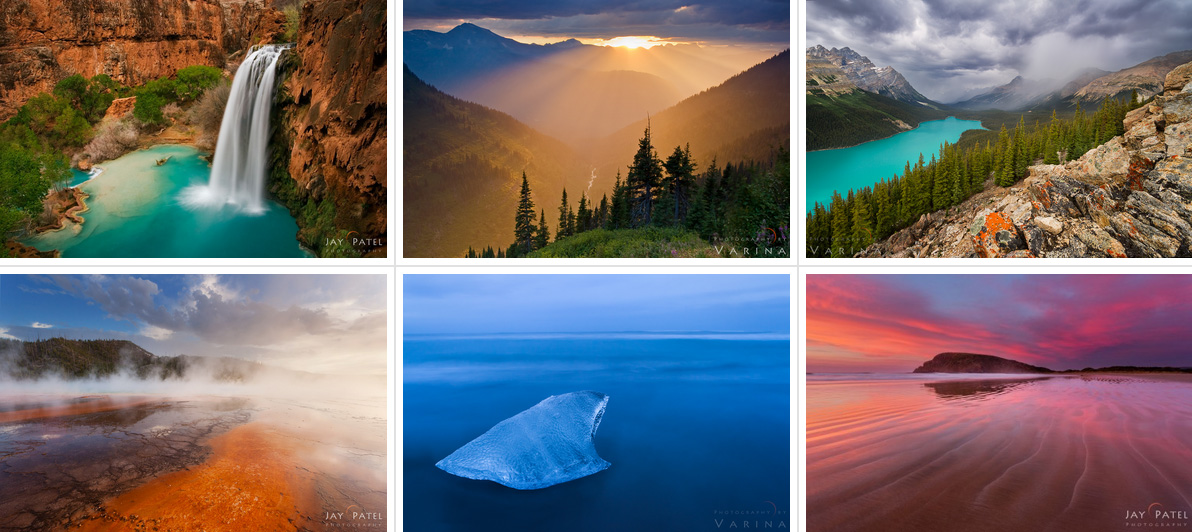Essentials Skills for Nature Photography
Imagine this…
You arrive at a spectacular location like the one you see in the above photos and your first reaction is “WOW!! This place is incredible!” Your second reaction is to capture that stunning scene unfolding before your eyes with all the photography gear you have in your bag.
But where to start?
The elements present in the location are spectacular, but where to start? Where to focus? How to set proper exposure? What aperture? Circular polarizing filter? ND Filter? No filter? To complicate things further, nature has a bad (good?) habit of overwhelming our senses with its stunning beauty. This plethora of decisions and feelings often translates into indecisiveness about which elements to include in your composition and which to exclude. In the end, you often wonder if the photo you shot will able to convey the feelings you experienced when you were looking at the scene.
The field of photography can be difficult to master because it involves both creative and technical sides. If you are like me and love nature photography, you must deal with the fact that composition, light, and weather are never in your control. So, a popular question is… what skill set do I need to navigate the complexity of mastering landscape photography?
We break down this landscape photography skill set into four areas:
- Step 1: Learn to Shoot
When you first get started in photography, at the bare minimum, you need three pieces of equipment: a camera, a normal zoom lens (24-70mm), and a tripod. Many other pieces of equipment are nice to have and you’ll eventually need more to produce great photographs, but these three items are enough to start developing your skill set as a photographer. Besides a mastery of your equipment, you’ll also need to understand the role light, terrain, and weather play in landscape photography. This understanding will dramatically increase your chances of coming away with a stunning image.
- Step 2: Master Post Processing
The advent of digital photography and computers has made it possible for everyone to jump on the post-processing band wagon. And why not? Post-processing offers the unlimited potential to make corrections to your photos and to overcome the limitation of the camera (such as DOF and dynamic range). But remember, post-processing is NOT a replacement for learning to shoot. In the long run, having the attitude of I’ll fix it later in Photoshop hurts your creativity and development as a photographer.
- Step 3: Develop Creativity
At its core, landscape photography is all about determining and developing your workflow. We define workflow in this context simply as the set of steps you follow in order to actualize whatever stunning image you may envision. Not only does a solid workflow include photography skills (technical know-how, compositional strategies, and post-processing ability) but more often than not, it also requires out-of-the box thinking to help you overcome whatever challenges you may face because of the local elements.
- Step 4: Ready to Go Pro?
Not every photographer wants to go into the business of making money. In fact, there are very few photographers who would like to do so. For a lot of photographers, the path to making money is not quite as clear as picking up the camera and shooting photos.
One thing to realize is that the path to becoming a skilled photographer is not a direct one. Your development will likely alternate back and forth between the four different steps listed above. For more information, check out our landscape photography learning guide below.
 A Complete Guide to Landscape Photography
A Complete Guide to Landscape Photography
Additional Resources: Lightstalking’s Landscape Photography Guide




Very helpful for my Finals!!!